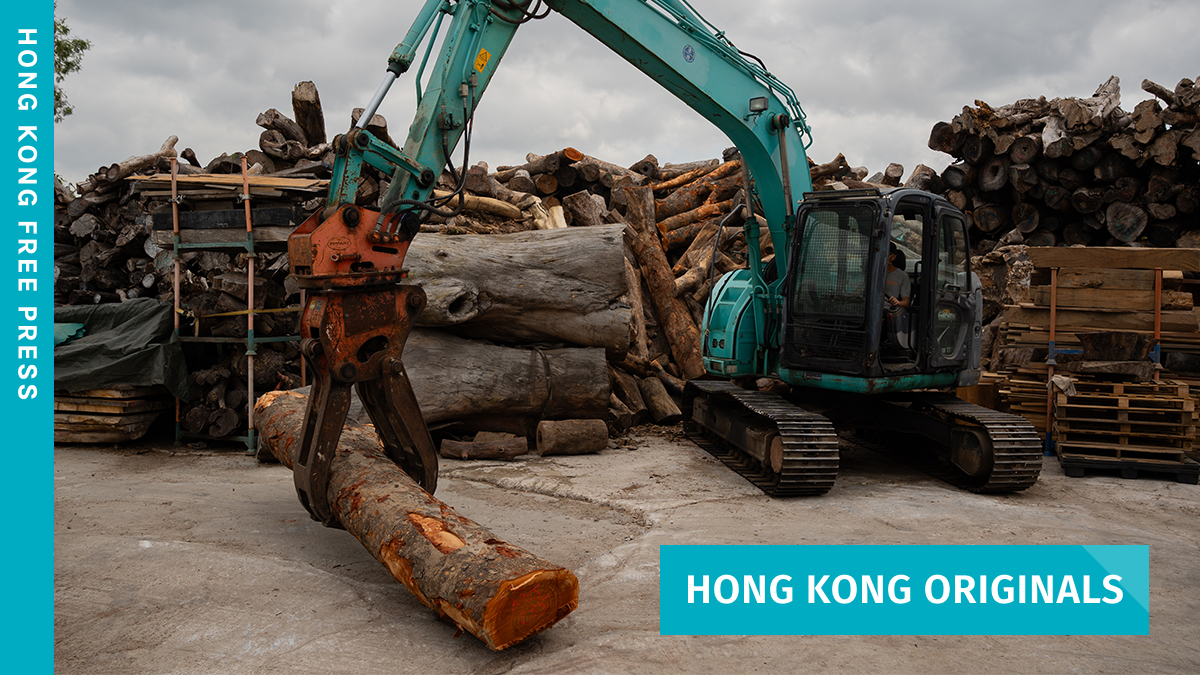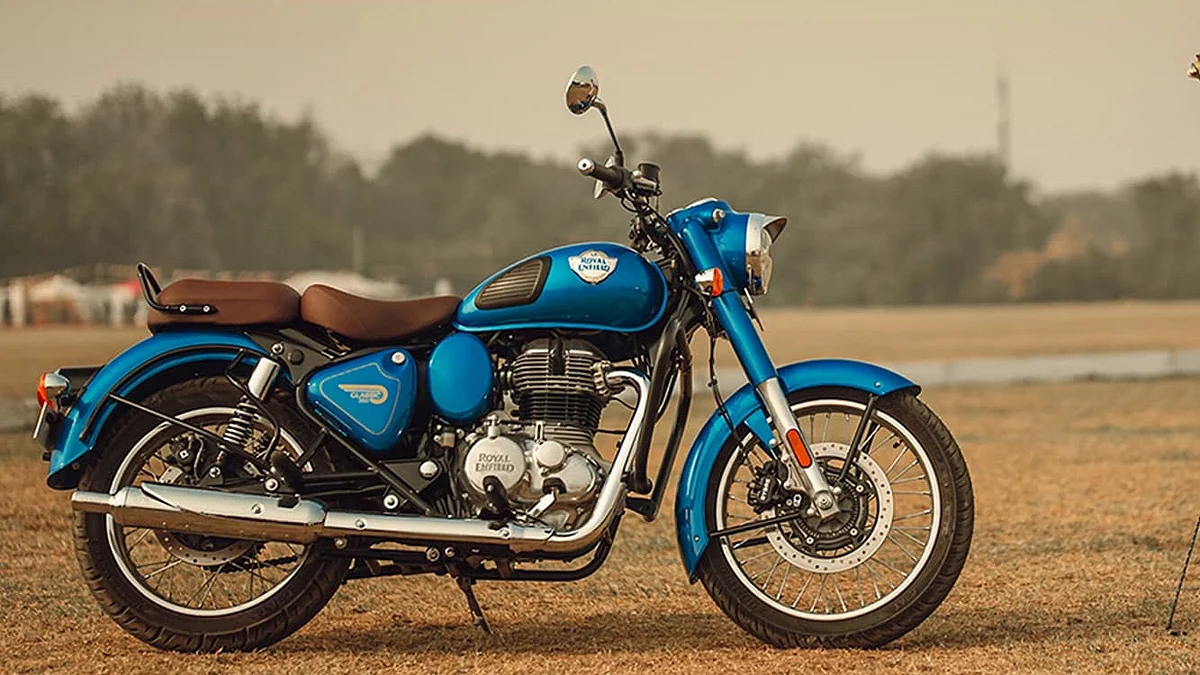Hong Kong Originals: HK Timberbank gives typhoon-damaged trees second life as sustainable bespoke furniture
By Kyle Lam
Copyright hongkongfp

Words by Hillary Leung.
When a typhoon hits Hong Kong, most people are likely to ask whether the T8 signal will be hoisted, and crucially, at what time, as this determines whether they will have a day off.
For Ricci Wong, an announcement of an approaching typhoon sparks a different set of questions: How many trees will be felled? Will they all be sent to landfills? What can we make out of them this time?
Wong is the founder of HK Timberbank, a social enterprise that gives Hong Kong’s trees a second life by turning them into furniture. Timberbank’s site in a remote corner of Yuen Long is currently home to over 200 tonnes of timber, with a significant portion salvaged after typhoons.
Timberbank was founded in August 2019 – 11 months after Super Typhoon Mangkhut, the city’s strongest storm since the 1980s, struck Hong Kong. It prompted the Hong Kong Observatory (HKO) to hoist the T10 signal, the city’s highest storm warning, for 10 hours.
There were over 60,000 reports of fallen trees after Mangkhut, the most after any typhoon.
Generally, trees that are cut down in Hong Kong are sent to landfills, where they are treated as “yard waste.” According to the government, yard waste – which includes grass, leaves, shrubs, twigs, and woody tree trunks – accounts for about 2 per cent of municipal solid waste in landfills.
Around 230 tonnes of yard waste are disposed of daily, Secretary for Environment and Ecology Tse Chin-wan said in July.
Little is being done to manage it. “There is no local manufacturer, no processor to work with trees in Hong Kong,” Wong, an architect by training, told HKFP in Cantonese. “It’s a waste. So we thought we would try to do something about it.”
Wong and his team of around 10 – including sawmillers, carpenters, and designers – turn the salvaged wood into tables, cabinets, and other furniture.
“In Hong Kong, furniture makers import wood, most commonly from America or Indonesia,” he said. “But actually, there is a lot of wood from Hong Kong that can be used.”
Collaborations
Using salvaged wood, Timberbank has fashioned everything from signs in country parks to tables for clients’ dining rooms.
It counts McDonald’s, which commissioned a wooden façade at an outlet in Tai Wo, and athleisure brand Lululemon, which ordered changing room benches and other decor, among its corporate clients.
Wong said the enterprise also sells the wood they process to furniture makers, but taking custom orders is the bulk of their work.
Timberbank’s biggest project to date was for Roganic, a British one-star Michelin restaurant that reopened at a new location in Causeway Bay in February.
“They focus on sustainable food, buying their ingredients from local farms,” Wong said. “They wanted [decor made out of] local wood in the restaurant, so they reached out to us.”
Over the course of around half a year, Wong and his team crafted 15 tables, a ceiling feature, pillars and wooden panels for the restaurant.
The furniture was made from around 15 tree species, Wong said. They include acacia, camphor and ficus – all common trees in Hong Kong.
Wong said they often get calls from people aware of Timberbank’s work asking if they can come and collect a tree that has fallen in their district, although Timberbank isn’t always able to.
For example, if a tree falls in a residential estate, the building’s incorporated owners’ committee may be hesitant to engage Timberbank when they see how much they need to pay a contractor to cut down the tree and arrange for it to be salvaged.
Furthermore, not every tree is worth saving.
“If the tree is very decayed, we won’t take it. Or if the wood texture is very soft, we won’t take it either because it’s very hard to make anything out of it,” Wong said.
Trunks that have already been cut into small stumps are also not preferable, as they limit the possibilities of what can be crafted.
“We need to evaluate whether there is a market, if it is worth the cost of manpower and a vehicle to collect the tree,” he said.
In the absence of large-scale public efforts to salvage Hong Kong’s trees, Timberbank tries to do what it can, Wong said.
In 2021, the government’s Environmental Protection Department (EPD) set up a temporary yard waste recycling centre called Y Park. The recycling centre aims to process yard waste from “regular vegetation maintenance and public works projects,” as well as to treat “large quantities of yard waste” after typhoons.
Located in Tuen Mun, it transforms yard waste into materials such as wooden boards, beams and chips.
Y Park, operated by a contractor engaged by the EPD, had a target handling capacity of around 11,000 tonnes of yard waste in its first year. But the total capacity processed last year was only around half of that, at 6,876 tonnes.
Separately, the EPD set up the Pilot Biochar Production Plant (PBPP) in EcoPark, a waste recycling facility. The plant, also located in Tuen Mun, aims to convert yard waste into biochar, a type of charcoal used to aid plant growth.
The PBPP began trial operation in May 2023, and official production started in October last year.
As of the end of April this year, the plant has processed over 1,200 tonnes of local wood materials. The amount is a fraction of its annual estimated handling capacity of 6,000 tonnes of wood.
Wong said Timberbank hopes to educate the public about tree waste through its workshops, in which participants learn the basics of woodworking. Timberbank’s staff teach participants how to make simple pieces, like a coaster or a stool.
He said some participants asked to use timber from a tree in their neighbourhood to give their project extra meaning.
“They have certain memories, so they really want to have something – like a friend for life – made out of a tree that might have accompanied them since they were young,” Wong said.



